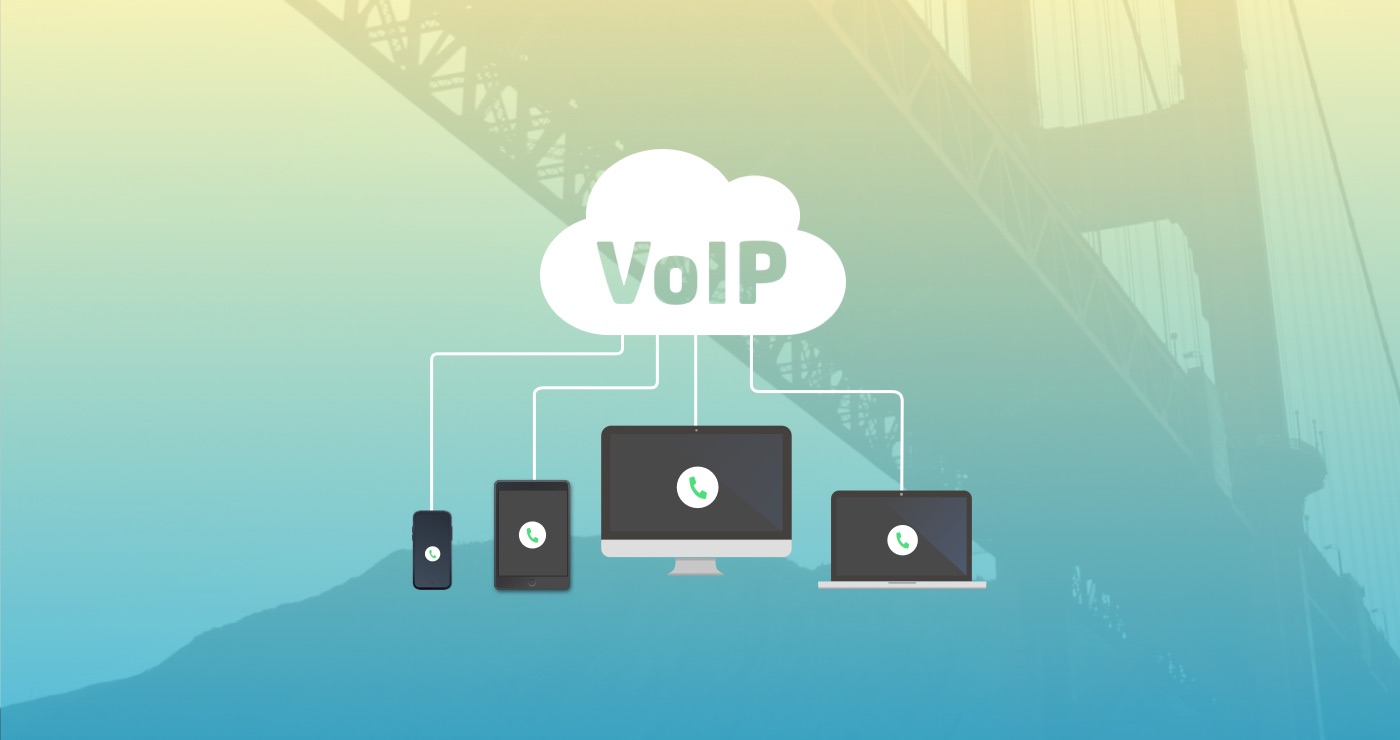VoIP? VoIP!

Help, a disclaimer already! Yep. But it’s not a heavy one. This explanation of VoIP is intended for regular people and is not an in-depth technical breakdown for the techies among us. End of disclaimer! 😉
Vee Oh Eye Pee?
VoIP stands for Voice over IP. And IP stands for Internet Protocol.
Loosely translated, VoIP is a technique to transport voice over the internet and listen to it elsewhere.
The term VoIP is an umbrella term because there isn’t one specific protocol that makes this possible. Although there is (see below) an international standard, any party can, in principle, develop “a” protocol.
This also means that the term protocol says nothing about the quality of the voice traffic.
How Does VoIP Work?
With VoIP, voice is converted into data packets. The software—a so-called codec—does this by capturing spoken words (input) into a new data packet every X milliseconds.
This is sent over the internet to the recipient. It is then neatly unpacked so that you, as the recipient, don’t hear digital ones and zeros beeping but (output) a voice.
You can compare it to listening to digitized music, like an .mp3 file.
The Early Years of VoIP
Although Skype is by far the most well-known VoIP application, it wasn’t the first program. As early as 1995, the Israeli company VocalTec launched a program that allowed users to talk to each other over the internet.
The potential of this technology was quickly recognized by major telephone companies, especially for international calls.
At the time, it cost about 120 cents per minute to call from the US to the Netherlands. With VoIP, this could be much cheaper. A golden opportunity for providers to achieve significant cost savings!
However, this required powerful (and at the time, expensive) computers. The codecs had to be strong enough. Moreover, in the early years, VoIP calls didn’t run over the public internet but over private internet connections or virtual tunnels. This also required investment, as did engineers on both sides of the ocean.
The Evolution of VoIP
In 1999, an international protocol for VoIP services was chosen. This Session Initiation Protocol (SIP) is still the standard for setting up calls between voice devices, whether they are phone systems, phones, apps, or browsers.
All devices with an IP address on the internet and registered on the SIP network are findable/callable. This also applies to your VoIP solution(s)!
And That’s It
We hope it’s now (a bit) clearer what VoIP stands for. Essentially, you can see VoIP as the voice equivalent of online video and email. Want to know more? Curious about the possibilities of delivering 0800, 0900, 085, and 088 numbers via VoIP? Feel free to contact us. For now: thanks for reading!

 Netherlands
Netherlands Belgium
Belgium Denmark
Denmark Germany
Germany France
France Switzerland
Switzerland Austria
Austria UK
UK Spain
Spain Italy
Italy


